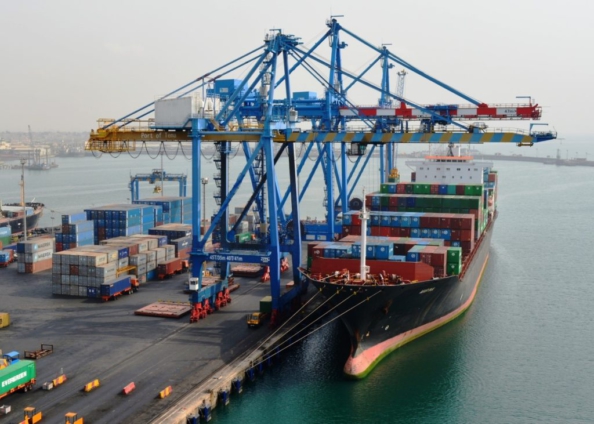Save for three different years, Ghana’s economy has grown by at least four percent annually since 2000, pulling along with it a very vibrant informal sector (World Bank, 2020). This reflects in the retail trade landscape where about ninety-six percent of all retail activity has been in the informal sector (Deloitte, 2016). These retail centres are characterised by small shops in wooden enclosures or a few built up shops located in commercial enclaves or along major streets and roads across the country (Anku & Ahorbo, 2017).
Formal retail trade has almost been an exclusive preserve of foreign ownership, starting from companies tracing their roots to colonial era trade entities like the United Africa Company (UAC), A.G. Leventis and others, who dealt mostly with imported goods meant for retail. The government of Ghana purchased A.G. Leventis in 1962 to pave way for the country’s first foray into formal retailing by creating the Ghana National Trade Corporation (GNTC) (Murillo, 2014). There was however competition from several Lebanese and Indian businesses (Murillo, 2011) for the major chunk of formal retail.
Most of the informal retail trading involved a mix of local goods or purchase of imported goods from wholesalers who were mostly Lebanese or Indian, with a few indigenous players in the mix (Gann, Duignan, & Turner, 1975). This type of trading evolved around the nerve centres of Makola Market, built in central Accra to replace the Salaga Market in 1924, and the Kumasi Central Market, which even in the early 1980s had at least 20,000 traders plying their trade (Robertson, 1983).
These were the principal retail points from which there was a dissipation of intensity around informal trade along major urban routes down to neighbourhood shops and corner shops which were mostly owned by locals in a community, or depending on the type of goods, migrant members in the community, some of whom could even be foreigners from other West African countries, chief among them being Nigerians, Malians and Nigeriens.
In the 1960s retail activity was largely influenced by the Import Substitution Industrialization policies at the time through the sale and distribution of more locally manufactured products and hence the rise of local retailers. Most of the manufacturing was done by state corporations, accompanied by protectionist policies to reduce imported products. This empowered a network of many local retailers in the form of market women, which evolved into a more localised retail infrastructure for locally manufactured goods.
Latest Stories
-
Delta Air Lines deploys new Airbus on Accra-New York route
1 min -
PPDC spearheads Africa’s AI development at DRIF24 forum
9 mins -
Ripoti App launched to empower journalists, others to tackle digital rights violations in Africa
25 mins -
Ground-breaking health investment charter to tackle worker shortages in Africa
30 mins -
From Mortuary to Matrimony: Feature on how couple’s love journey brewed at the morgue airs on Joy Prime
45 mins -
Ghana’s LPG prices rank among the highest globally – LPG Marketers Association
52 mins -
Filth Exhibition: Residents near Korle Gonno bear the brunt of nationwide filth
1 hour -
We’ve not selected NPP members as returning officers – EC replies Mahama
1 hour -
We’ll not honour any invitation – ECG tells Ashanti Regional Minister
2 hours -
Dumsor vigil to hit Accra
2 hours -
Supreme Court rule for dual citizens to hold other key positions laudable – Kwaku Asare
2 hours -
‘No one is above the law’ – CAF president on match-fixing allegations against Samuel Eto’o
2 hours -
Manchester City thrash Brighton to go second in table
3 hours -
NDC’s running-mate speech proves readiness to lead – Asah-Asante
3 hours -
Further win for nibima as another KNUST study supports medicinal prowess
3 hours

